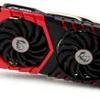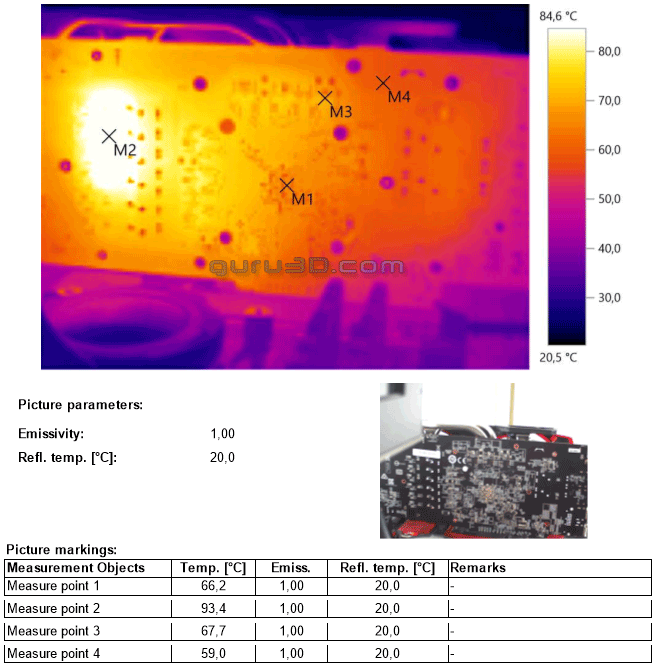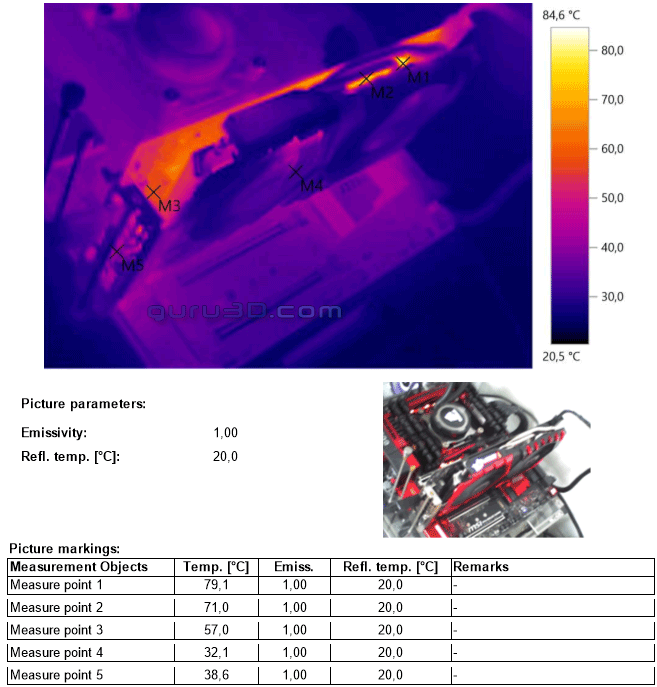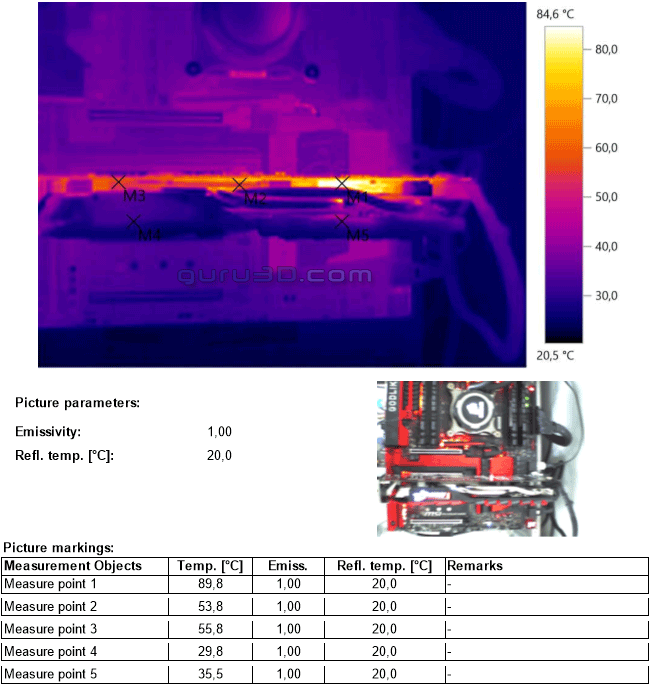Graphics Card Thermal Imaging Measurements (FLIR)
Thermal Imaging Temperature Measurements
Over the past years we have been trying to figure out what the best possible way is to measure temperatures on hardware. Multiple options are available but the best thing to do is to visualize heat coming from the product or component being tested. The downside of thermal imaging hardware is simple, FLIR camera's with a bit of decent resolution costs up-to 10000 EUR. Hence we passed on it for a long time.With a thermal imaging camera a special lens focuses the infrared light emitted by all of the objects in view. This focused light is scanned by a phased array of infrared-detector elements. The detector elements create a very detailed temperature pattern called a thermogram. It only takes about one-thirtieth of a second for the detector array to obtain the temperature information to make the thermogram. This information is obtained from several thousand points in the field of view of the detector array. The thermogram created by the detector elements is translated into electric impulses. The impulses are sent to a signal-processing unit, a circuit board with a dedicated chip that translates the information from the elements into data for the display. The signal-processing unit sends the information to the display, where it appears as various colors depending on the intensity of the infrared emission. The combination of all the impulses from all of the elements creates the image. We can see hotspots on the PCB indicating, for example, GPU but also VRM temperature as well as how heat is distributed throughout a product. We do hope you will enjoy this new technology as it did cost us an arm and a leg to be able to implement it.
We can measure pretty accurate temperatures at the GPU and VRM areas. We can measure thermals down to a 10th of a degree, our thermal camera is calibrated.
- We reach almost 66 degrees C on M1, the GPU marker, which is fairly spot on with what the thermal sensor reports back.
- At M4 (Measure Point 4) the PCB area can be measured, it runs just close to 60 Degrees C on that spot, that is considered to be a very normal temperature. Make sure you have plenty of airflow inside your chassis as that will always help.
- At M2 we are spot on the VRM area at 93 Degrees C, which is substantial and that does light up the card significantly, yet at a level that the hardware can tolerate but it surely is high.
When we position the thermal camera outwards we can see that the overall cooler design really works with a modest heat signature overall. It is obvious that only a little air is exhausted at the display connector side as it lights up just a tiny bit. Your hot-spots are located at the top of the card, meaning some warm air will be released inside your chassis.
The card does not bleed any heat onto the motherboard. Temps are way within spec. In our experience, the card does not blow out heaps of hot air, and doesn't do that by exhausting it. The thermal photos back up that most of the heat is disposed at the top side. M1 is the VRM area.




